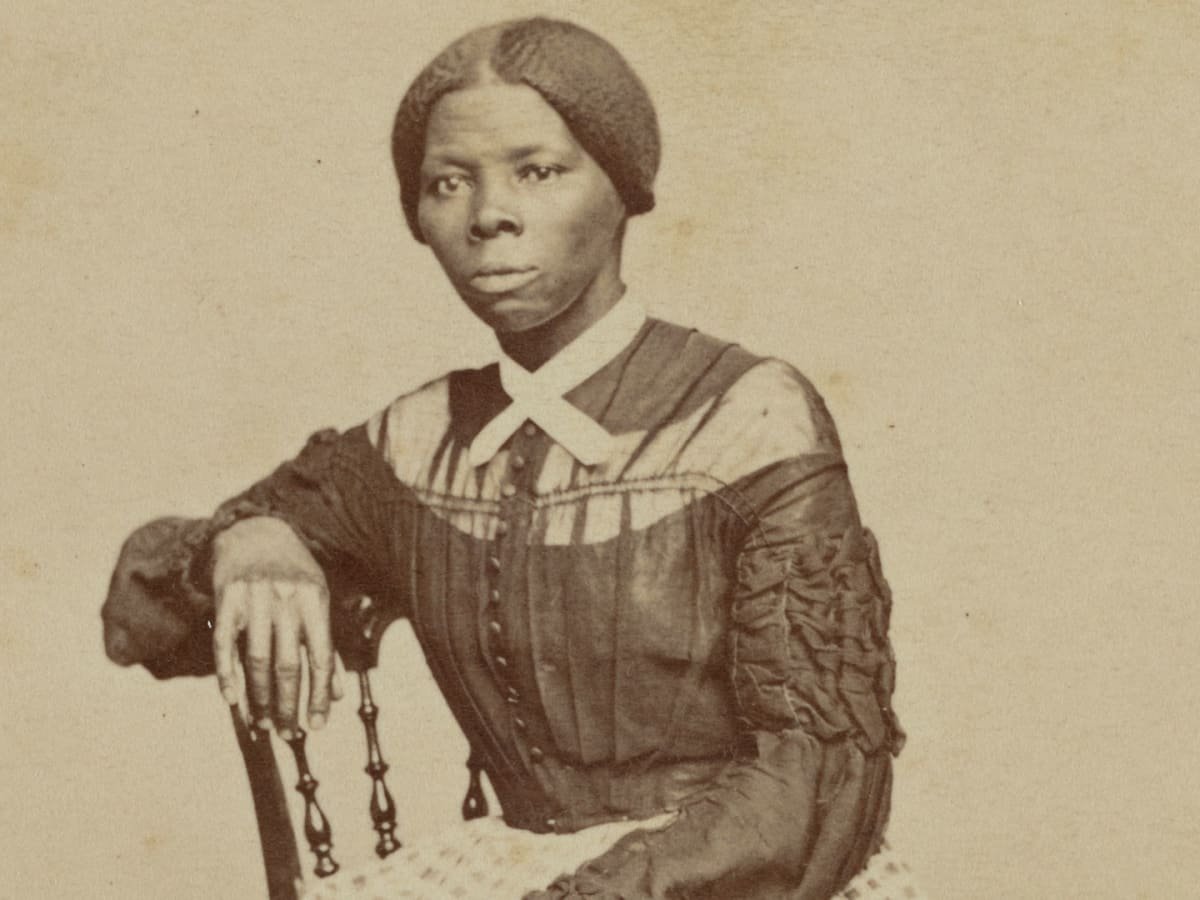From composer Timothy Adams
Harriet: Journey to Freedom (2022)
Commissioned by the Erie Philharmonic with additional support from the Akron Symphony, the Buffalo Philharmonic, the Naples Philharmonic, the Niagara Symphony, the San Jose Chamber Orchestra and the Sewanee Music Festival. The May 14 performance is the world premiere of this work.
After George Floyd’s murder, Music Director Daniel Meyer and I were speaking about the state of the world at that moment in time. We have known each other for over 20 years and have performed some wonderful concerts together throughout our time with the Pittsburgh Symphony. Our discussion led us to a question, “how can orchestras bring hope, understanding, and peace into our communities in this country?” We all can find our life’s story in orchestral music. In my 31 years of playing in orchestras, I performed the music of only 3 Black Composers. These composers were only performed during the Gospel, Martin Luther King Jr., or Black History Month Concerts. We both agreed that this is and has been an unfortunate practice for many years. Thus, the lack of diversity in orchestra audiences.
I told Daniel that I would love to write a piece of music that would not only bring people of color into the concert hall, but bring in an audience of people that would not normally attend orchestra concerts. My feeling was Harriet Tubman’s life would be the perfect story to spark interest. The most compelling aspect of her story for me, is the fact that she returned multiple times to free enslaved people she did not know. Harriet Tubman’s humanity, compassion, love, determination and courage are qualities for all of us to imitate. After our discussion, Daniel said that he would like to commission me to compose this narrative in music. We agreed that text would be an important element of the sounds heard from the stage to tell her story. At that point, I decided the combination of instruments that would best move her story to the audience was a double string orchestra with percussion. Daniel gave me suggestions of some performances of this combination of instruments to study. In my attempt to tell her story, the text drives the music in this composition.
The piece is divided into 8 sections. The A section starts with solo cello playing a popular melody from the Black Church hummed by a deacon during the devotional before prayer. The strings play a chord to set the mood. The melody comes back again with the strings tremolo as the narrator tells Harriet’s feeling of being in the fields and knowing it is time to leave. The B section starts with pizzicato in the strings and adds percussion as the text deals with the urgency of fleeing from bondage. The C section has the strings playing lyrically with dissonance to accompany the plea of Harriet’s asking for the Lord’s strength to move. The D section has the strings playing pizzicato in the feeling of 7/8 when the time is actually 4/4 in a fast tempo. At this point, Harriet starts her escape to freedom with power. The E section has the strings arco playing forte, with the percussion taking on the characters of Harriet, the slave owner, other slave owners helping with the chase, dogs, and other white people from the area who just want her caught and killed. Harriet is running by night through swamps, rain, dealing with wolves, snakes, spiders and everything that could possibly hurt her. The F section shows her seeing the promised land and feeling blessed by the sight of freedom. There is a short 8 bar interlude from the percussion section that leads us into the G section where Harriet has reached freedom! The melody in the strings is reminiscent of Rachmaninoff ‘s 2nd Piano Concerto and the Civil Rights Anthem, We Shall Overcome. The H section has Harriet going back to free her people. The last section gives reflection on our human condition through the words of Amanda Gorman or my words, depending on the orchestras in the consortium’s preference. In addition, there is an audio track that is played softly throughout the composition. The sounds you will hear are chains that represent the bondage of enslaved black folks and the oscillating drone is the souls of people of color whose lives have been taken throughout our country’s history.
World premiere narrator Harry Lennix from NBC’s The Blacklist, Justice League, Matrix Revolutions and more
It was an honor and a privilege to put these sounds on paper to your ears. I appreciate Daniel’s confidence in allowing me the opportunity to write for his orchestra. I would like to thank Steve Weiser for putting the consortium together and also believing in this project. I dedicated this composition to the memory of my father who passed during its creation and thank him for exposing me to orchestra music at a very young age. The person who made all of this possible is my wife, Kim, the love of my life, who truly sees me and makes my life worth living. And finally, our beautiful son, who is our world and for whom I write every note.



